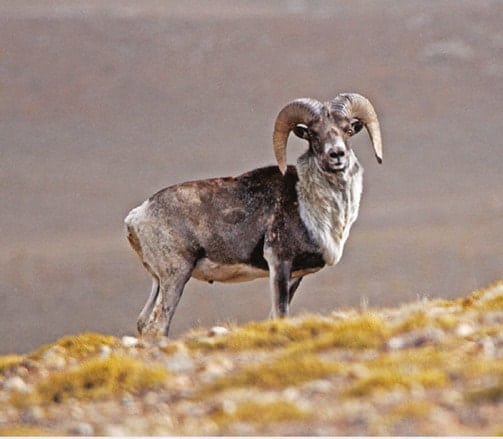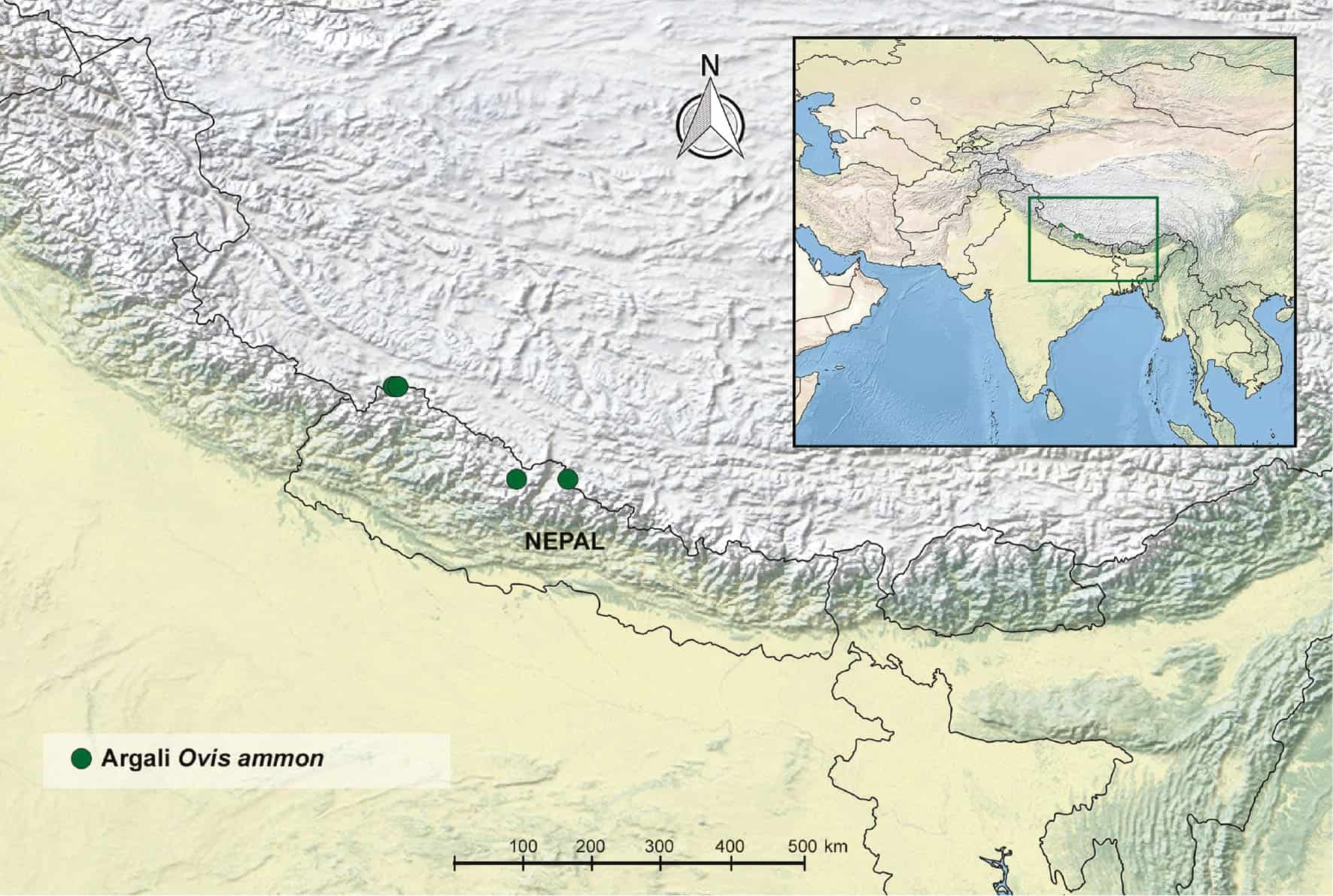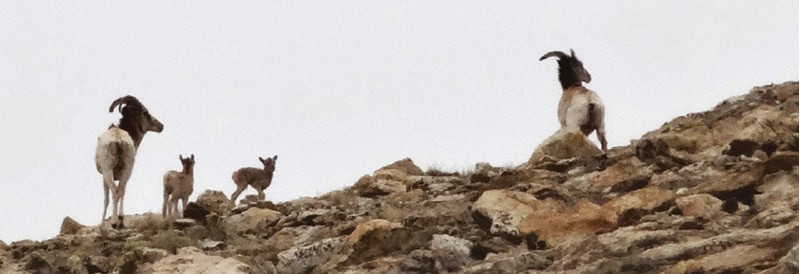Reclassification suggested for Tibetan wild sheep in Nepal
One of the nine sub-species of the world’s largest wild sheep, inhabiting China, India and Nepal in Central Asia, the Tibetan argali, is rare. A careful review of researches in Nepal reveals that the sub-species is actually ‘Vulnerable’ or ‘Endangered’ in the country where it has been considered ‘Data Deficient’.
By Naresh Kusi
Up until 2011, the world’s largest wild sheep, the Tibetan argali in Nepal, was believed to be present in a single location within upper Mustang – a remote and isolated region of the Nepalese Himalayas.

Researchers obtained new locality records from upper Humla and upper Dolpa in 2013 and 2016 respectively. A recent study, published in Mammalia, presents an update on the rare wild sheep for the Himalayan nation of Nepal.

‘Vulnerable’ classification
The literature mentions a historical presence of the wild sheep in the Mugu, Gorkha, Rasuwa, Sankhuwasabha and Taplejung districts of Nepal. But the study implies that the Tibetan argali are absent in these areas at present. The authors suggest that a small population of <250 mature individuals merits the sub-species to be classified as ‘Endangered’ in the country under criterion D of IUCN regional guidelines.
However, considering the possibility of some animals wandering into Nepal from the neighbouring Tibetan Plateau of China, they propose that it may be classified as ‘Vulnerable’.

Humans pose the biggest threat
The main threats to argali across its range are poaching for trophy and meat, habitat encroachment and food competition by livestock herds and habitat loss due to infrastructure development.
The study calls for more researches to ascertain which threats are associated with decline in argali numbers in the Nepalese Himalayas.
Co-existance with domestic sheep can work
Some earlier studies have suggested that argali and domestic livestock can co-exist. This study mentions that domestic livestock does disturb argali, but warn that it might be misleading to generalize from a sighting of the two species grazing together that domestic livestock are detrimental to argali population.
The authors declare that without an overlap in diet niche and habitat use and the pressure of short supply of shared resources, such an effect will not happen very easily.
The study advises that a good quality of argali habitat can be maintained by the appropriate management of livestock numbers and through the traditional practices of rotational grazing.
Read the original article here for free
